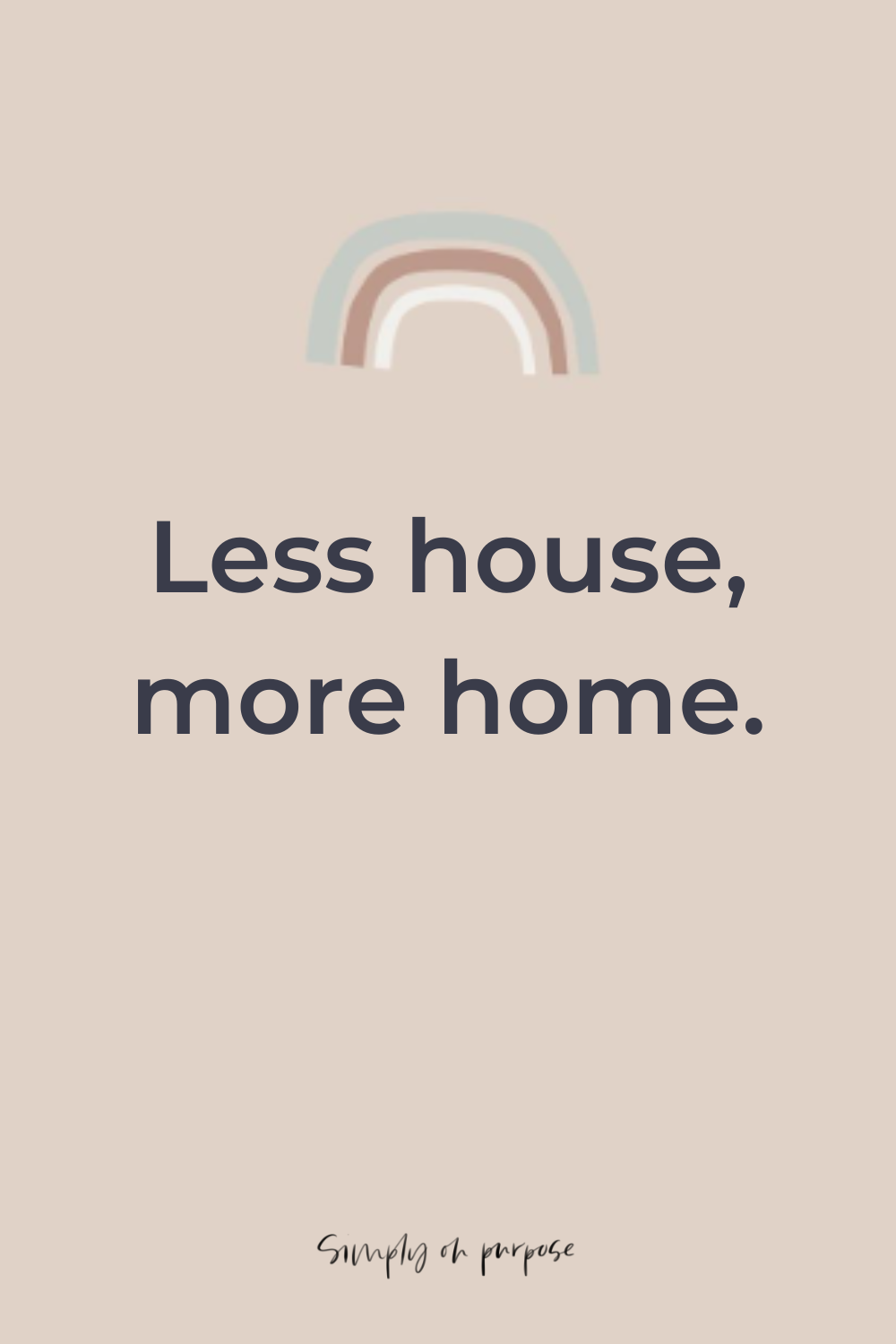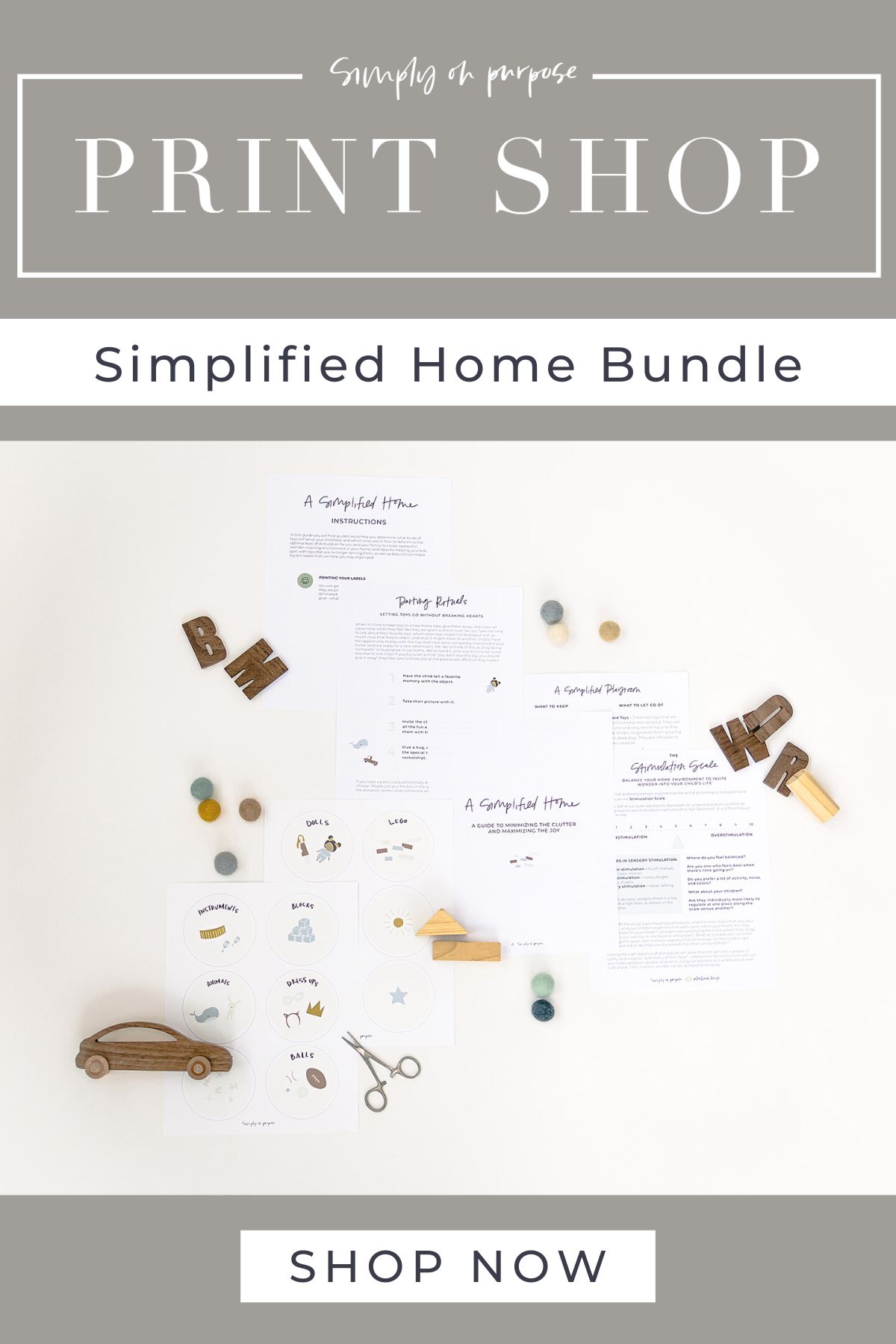Messes happen! They mean you and your family are living your lives. Here are some ways to help ensure that the messes don’t add unnecessary stress to your day.
1. Before the Mess
I receive lots of messages from overwhelmed and overstimulated parents.
It is hard to focus on the good your child does when they leave a tornado of destruction behind them!
You can significantly reduce the size of the mess and how overwhelming a mess will feel if you have a systematic way to address it before it ever happens.
Here are a few ideas:
- Friday movie night begins only after the playroom has been cleaned up
- develop a system for reducing what you bring into your home
- practice a parting ritual with kids saying goodbye to toys
- spend 10 minutes daily doing a quick pick-up together before bedtime
- assign everyone a part to play in after-dinner clean up (see our after-dinner job routine HERE).
These ideas might not work for your family, and that’s okay!
Use trial and error to develop a system that helps share the load and keep your home comfortable.
2. When You See the Mess
Know yourself!
If you’re someone who gets really stressed out by visual clutter, know that about yourself so that when you’re confronted with a mess you can handle it the way you want to. Our Stimulation Scale worksheet will help you find out what level of disorder you feel comfortable with and what to do about it.
Before you react to a mess:
- take a deep breath
- move your body (try these ideas)
- remind yourself,
- “messes are a sign that my child is playing and learning!”
- “things can be turned around in 20 minutes or less”
- “messes are a temporary sign that we’re living long-term, meaningful lives”
3. As You Address the Mess
Make cleaning up enjoyable and fun!
When we make cleaning up a fun, positive experience, it builds connection with our family instead of feeling like a punishment.
It sends a message that we’re a team and that we’re working together to create a home that can flow and will bless our lives.
This makes everyone more invested, which means the mess is contained more quickly and you’re not doing it alone!
Here’s how:
- make it a game, my favorite is “magic toy”
- add choice by making a list of what needs to be done and letting your child pick
- use your phone to make a time-lapse of the clean-up and then watch it together when you’re done
- play the song “The floor is lava” and try to clean up as much as you can before the floor turns to lava
It Isn’t Just About the Physical Mess
Life is not found in perfection, life is in the mess.
It’s essential that our homes do not look perfect, so our kids can feel free and have that freedom within the home to be themselves.
If we demand a perfectly clean and tidy home, we are inadvertently teaching our children that they also need to be perfect and that the messy, developing parts of them are not welcome here.
If you want to learn more about the relationship between how we take care of our home and our children, watch my conversation with @carlythornock.
Simplified Home Resource
Along with my friend @carlythornock, we deveoploed a resource, A Simplified Home, to help you minimize the clutter in your home while maximizing the joy!
In this guide you will find:
1. The Stimulation Scale: how to balance your home environment to bring wonder to your child’s life.
2. Parting Rituals: letting toys go that are no longer serving your family– without breaking hearts.
3. A Simplified Toy Room: what toys will serve your child best and which ones to avoid. These are my favorite categories for open-ended toys to encourage hours of independent play.
4. Toy Bin Labels: these beautiful hand-drawn toy bin labels are visual cues for your children to help them organize their toys.
If you loved this post, you will like these other resources:



